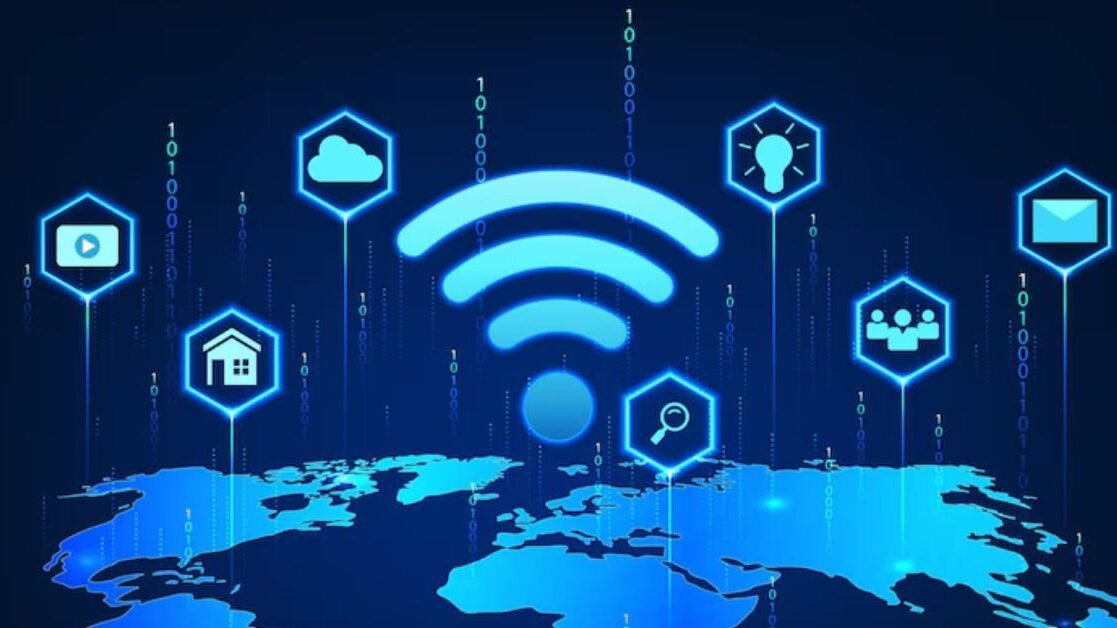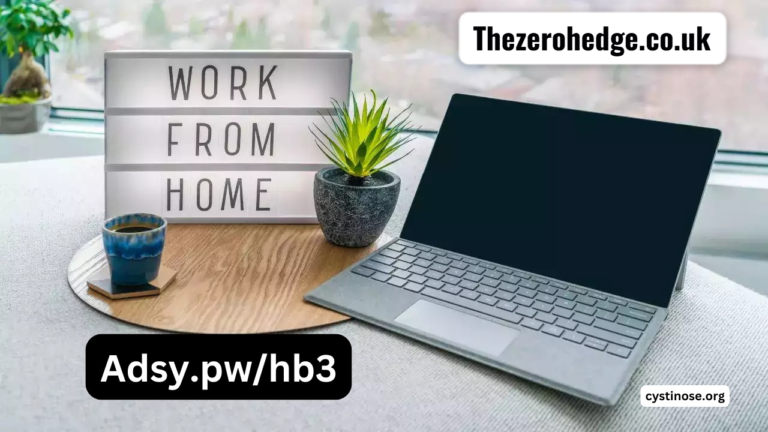
Introduction to 264.68.111.161 and Its Significance
Why You Should Understand IP Address Basics
The cutting-edge virtual world thrives on seamless connections among devices, servers, and cloud environments. At the center of this surroundings lie Internet Protocol 264.68.111.161 (IP) addresses, which act as the digital equal of home addresses for devices at the internet. This article explores the meaning, usage, and instructions hidden inside this collection of numbers.
What Does an IP Address Like 264.68.11.161 Represent?
The Numerical Anatomy of an IP Address
Every device that connects to the net should have an IP address to send and get hold of statistics. This deal with operates like a mailing address, guiding virtual statistics to the proper vacation spot. The IP deal with “264.Sixty eight.111161” suits the classic dotted-decimal layout of IPv4, which incorporates 4 number clusters, known as octets, separated via dots.
The Structure Behind 264.68.111.161: IPv4 vs IPv6
Comparing IPv4’s Simplicity with IPv6’s Complexity
The IP cope with “264.68111.161” follows the shape of an IPv4 address, the maximum not unusual addressing system on the net. IPv4 addresses include four sets of numbers, and every quantity must fall among zero and 255. However, the global growth of the net brought about the introduction of IPv6, which uses hexadecimal numbers and a longer shape to allow trillions of combos.

Learning approximately addresses like “264.68.11.161” sharpens your know-how of ways these systems coexist and prepares you to evolve to fashionable net technology and address codecs.
Why IP Addresses Like 264.68.111.161 Are Important
Five Reasons IP Addresses Matter in Digital Life
Even though “264.68.111.161” is technically invalid, understanding addresses like this strengthens your grasp of networking fundamentals. IP addresses are at the heart of nearly every digital interaction you perform, from browsing websites to streaming videos or sending emails. Their significance extends to:
- Identifying and authenticating devices on private and public networks.
- Enabling routers and servers to direct traffic to the correct recipient.
- Assisting cybersecurity teams in tracking unauthorized access and cyber threats.
- Supporting domain name systems (DNS) by linking URLs to server addresses.
- Allowing network administrators to implement access control and resource allocation.
Without IP addresses, the modern internet would collapse into chaos, and your devices would not be able to interact or transfer data accurately.
The Role of IP Addresses Like 264.68.111.161 in Network Management
Essential Functions of IPs in Everyday Networking
Network administrators interact with IP addresses like “264.Sixty eight.111.61” or similar systems throughout their daily obligations, whether or not configuring routers, setting firewall policies, or tracking net traffic. System directors also use IPs to dam suspicious visitors, trace virtual footprints, and optimize community overall performance.
Cybersecurity and 264.68.111.161: Tracing the Digital Footprint
The Importance of IP Tracking in Cyber Defense
Even although “264.Sixty eight.11.161” is possibly a non-existent or placeholder deal with, the exercising of tracing such an IP reinforces the addiction of vigilance. Cybercriminals frequently conceal their IP addresses the use of VPNs, proxies, or IP spoofing, but vigilant monitoring can nevertheless screen styles, anomalies, and resources.

Cybersecurity systems rely on blacklists, real-time monitoring, and geolocation to music site visitors, affirm identification, and prevent unauthorized access. Anomalies like “264.68.Eleven.161” function valuable reminders that thoroughness and precision are your high-quality allies in digital protection.
Common Uses for Addresses Like 264.8.111.161 in Learning and Testing
Practical Scenarios for Using Placeholder IP Addresses
Even though the IP address “264.68.11.161” wouldn’t function on a real network, it is highly valuable in educational and development contexts. Developers, IT trainers, and cybersecurity instructors often use such addresses in situations like:
- Placeholder examples in programming courses or textbooks.
- Safe addresses for demonstrating firewall and network rules.
- Sample entries in server configuration files for documentation.
- Practice exercises in IP validation and parsing algorithms.
This practice ensures that no real-world devices are affected during testing or instruction, offering a secure, isolated environment for both beginners and seasoned professionals to refine their skills.
How 264.68.11.161 Highlights the Importance of IP Hygiene
Best Practices for Managing IP Addresses Securely
IP hygiene refers to the disciplined exercise of managing, documenting, and updating IP cope with assignments inside a community to save you unintended misrouting, publicity to threats, and inefficient aid use. Placeholder addresses like “264.68.111.161” serve as a useful reminder that even minor deviations from valid formats can reason major disruptions. Systems with poor IP hygiene hazard statistics loss, protection vulnerabilities, and technical downtime. Administrators should continuously audit their IP assignments, practice strict get admission to manage regulations, and use automatic equipment to come across misconfigurations, ensuring that best valid, purposeful, and secure IPs are in lively use throughout their environments.
IP Address Misconceptions: Learning from 264.68.11.161
Dispelling Myths About IP Address Formats
Many human beings, especially novices in IT, anticipate that any four-wide variety combination separated with the aid of dots forms a valid IPv4 address. The cope with “264.6.111.161” facilitates correct this misconception due to the fact the “264” element violates the numerical constraints of IPv4. Valid IPv4 addresses have to have every section fall among zero and 255. Understanding this nuance no longer best prevents configuration mistakes however additionally allows customers and experts keep away from commonplace pitfalls when handling, decoding, or troubleshooting network records.
Conclusion: The Lessons Behind 264.68.111.16
Understanding the Hidden Value of an Invalid Address
Although “264.68.111.161” is technically an invalid IPv4 deal with because of its first octet exceeding the allowed range, its educational price cannot be underestimated. The cope with illustrates the inflexible shape of IP addressing, the significance of accuracy in community control, and the role that IPs play in facilitating secure and green virtual conversation. Even fictional addresses can liberate actual-international information whilst you method them with interest and analytical thinking.
Frequently Asked Questions (FAQs) About 264.68.111.61
Q1: Is 264.68.11.161 a real, usable IP address?
No, it’s not a legitimate IP address. The first segment, “264,” exceeds the allowable limit for IPv4 octets, which caps at 255. This makes it unusable in actual-international networks.
Q2: Why are IP addresses like 264.Sixty eight.11.161 utilized in tutorials?
They are commonly used as placeholders or training examples to avoid conflicts with real-worldwide servers and save you unintended misuse in practical configurations.
Q3: What happens if I try to connect to 26468.111.161?
If you try to connect to this address, your machine will usually reject the request, because the address is not legitimate in line with IPv4 requirements.
Q4: Can addresses like 264.68.11.161 pose security risks?
Invalid addresses themselves are innocent, however if placeholder addresses are accidentally deployed in production systems, they are able to motive connection mistakes or open the door to misconfigurations that compromise security.
Q5: How can I verify whether an IP address is valid?
You can check if each section of the cope with falls inside the zero-255 variety and use integrated community utilities or online validators to affirm its format and capability.
Also Read This: InfluencersGoneWild: Social Media Fame Unfiltered and Untamed






